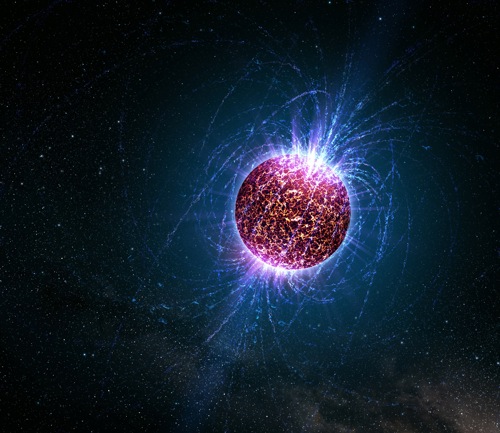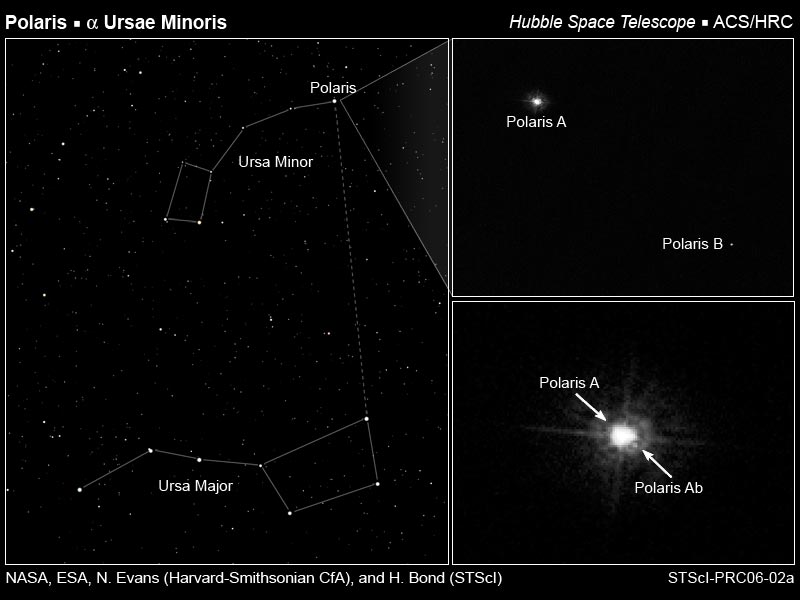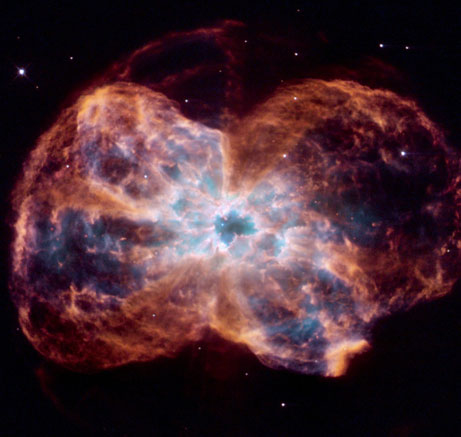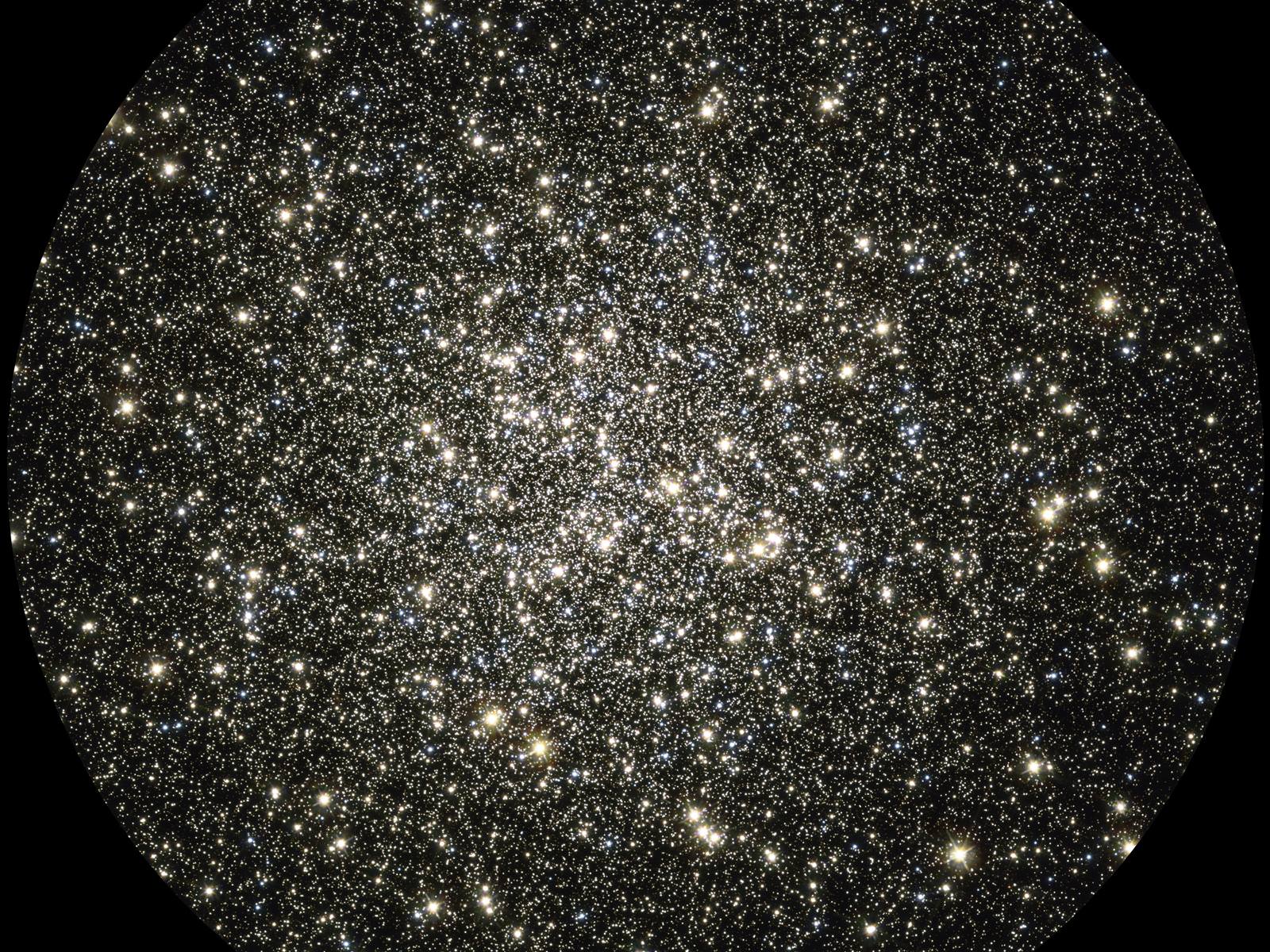A star is a star, right? Sure there are some difference in terms of color when you look up at the night sky. But they are all basically the same, big balls of gas burning up to billions of light years away, right? Well, not exactly. In truth, stars are about as diverse as anything else in our Universe, falling into one of many different classifications based on its defining characteristics.
All in all, there are many different types of stars, ranging from tiny brown dwarfs to red and blue supergiants. There are even more bizarre kinds of stars, like neutron stars and Wolf-Rayet stars. And as our exploration of the Universe continues, we continue to learn things about stars that force us to expand on the way we think of them. Let’s take a look at all the different types of stars there are.
Protostar:
A protostar is what you have before a star forms. A protostar is a collection of gas that has collapsed down from a giant molecular cloud. The protostar phase of stellar evolution lasts about 100,000 years. Over time, gravity and pressure increase, forcing the protostar to collapse down. All of the energy release by the protostar comes only from the heating caused by the gravitational energy – nuclear fusion reactions haven’t started yet.

T Tauri Star:
A T Tauri star is stage in a star’s formation and evolution right before it becomes a main sequence star. This phase occurs at the end of the protostar phase, when the gravitational pressure holding the star together is the source of all its energy. T Tauri stars don’t have enough pressure and temperature at their cores to generate nuclear fusion, but they do resemble main sequence stars; they’re about the same temperature but brighter because they’re a larger. T Tauri stars can have large areas of sunspot coverage, and have intense X-ray flares and extremely powerful stellar winds. Stars will remain in the T Tauri stage for about 100 million years.
Main Sequence Star:
The majority of all stars in our galaxy, and even the Universe, are main sequence stars. Our Sun is a main sequence star, and so are our nearest neighbors, Sirius and Alpha Centauri A. Main sequence stars can vary in size, mass and brightness, but they’re all doing the same thing: converting hydrogen into helium in their cores, releasing a tremendous amount of energy.
A star in the main sequence is in a state of hydrostatic equilibrium. Gravity is pulling the star inward, and the light pressure from all the fusion reactions in the star are pushing outward. The inward and outward forces balance one another out, and the star maintains a spherical shape. Stars in the main sequence will have a size that depends on their mass, which defines the amount of gravity pulling them inward.
The lower mass limit for a main sequence star is about 0.08 times the mass of the Sun, or 80 times the mass of Jupiter. This is the minimum amount of gravitational pressure you need to ignite fusion in the core. Stars can theoretically grow to more than 100 times the mass of the Sun.
Red Giant Star:
When a star has consumed its stock of hydrogen in its core, fusion stops and the star no longer generates an outward pressure to counteract the inward pressure pulling it together. A shell of hydrogen around the core ignites continuing the life of the star, but causes it to increase in size dramatically. The aging star has become a red giant star, and can be 100 times larger than it was in its main sequence phase. When this hydrogen fuel is used up, further shells of helium and even heavier elements can be consumed in fusion reactions. The red giant phase of a star’s life will only last a few hundred million years before it runs out of fuel completely and becomes a white dwarf.
White Dwarf Star:
When a star has completely run out of hydrogen fuel in its core and it lacks the mass to force higher elements into fusion reaction, it becomes a white dwarf star. The outward light pressure from the fusion reaction stops and the star collapses inward under its own gravity. A white dwarf shines because it was a hot star once, but there’s no fusion reactions happening any more. A white dwarf will just cool down until it becomes the background temperature of the Universe. This process will take hundreds of billions of years, so no white dwarfs have actually cooled down that far yet.
Red Dwarf Star:
Red dwarf stars are the most common kind of stars in the Universe. These are main sequence stars but they have such low mass that they’re much cooler than stars like our Sun. They have another advantage. Red dwarf stars are able to keep the hydrogen fuel mixing into their core, and so they can conserve their fuel for much longer than other stars. Astronomers estimate that some red dwarf stars will burn for up to 10 trillion years. The smallest red dwarfs are 0.075 times the mass of the Sun, and they can have a mass of up to half of the Sun.
Neutron Stars:
If a star has between 1.35 and 2.1 times the mass of the Sun, it doesn’t form a white dwarf when it dies. Instead, the star dies in a catastrophic supernova explosion, and the remaining core becomes a neutron star. As its name implies, a neutron star is an exotic type of star that is composed entirely of neutrons. This is because the intense gravity of the neutron star crushes protons and electrons together to form neutrons. If stars are even more massive, they will become black holes instead of neutron stars after the supernova goes off.
Supergiant Stars:
The largest stars in the Universe are supergiant stars. These are monsters with dozens of times the mass of the Sun. Unlike a relatively stable star like the Sun, supergiants are consuming hydrogen fuel at an enormous rate and will consume all the fuel in their cores within just a few million years. Supergiant stars live fast and die young, detonating as supernovae; completely disintegrating themselves in the process.
As you can see, stars come in many sizes, colors and varieties. Knowing what accounts for this, and what their various life stages look like, are all important when it comes to understanding our Universe. It also helps when it comes to our ongoing efforts to explore our local stellar neighborhood, not to mention in the hunt for extra-terrestrial life!
We have written many articles about stars on Universe Today. Here’s What is the Biggest Star in the Universe?, What is a Binary Star?, Do Stars Move?, What are the Most Famous Stars?, What is the Brightest Star in the Sky, Past and Future?
Want more information on stars? Here’s Hubblesite’s News Releases about Stars, and more information from NASA’s imagine the Universe.
We have recorded several episodes of Astronomy Cast about stars. Here are two that you might find helpful: Episode 12: Where Do Baby Stars Come From, and Episode 13: Where Do Stars Go When they Die?









